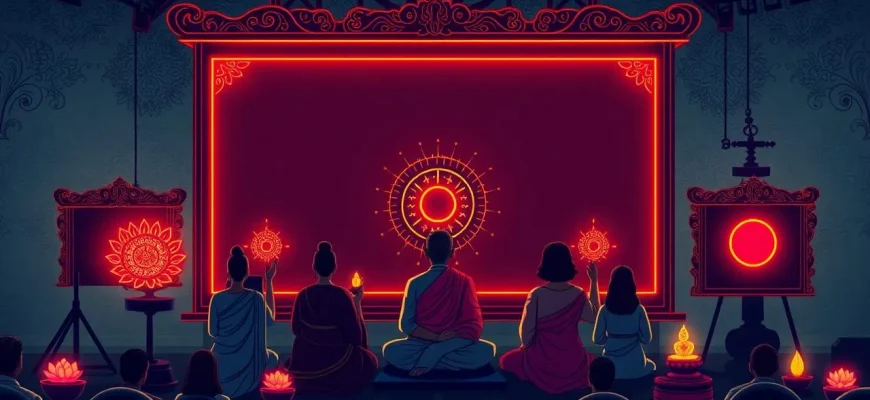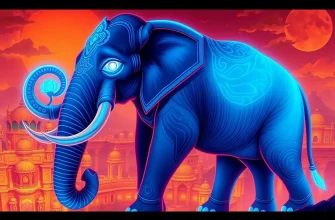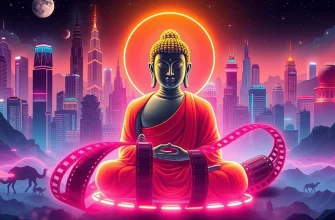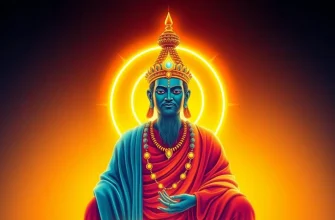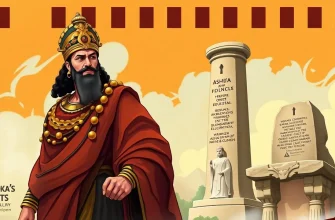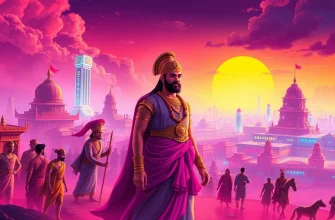Embarking on a cinematic journey through Buddhist culture is like stepping into a world where history, spirituality, and art intertwine. These films not only provide a glimpse into the profound teachings of Buddhism but also showcase the diverse ways in which this philosophy has influenced societies across the globe. From epic tales of enlightenment to intimate stories of personal transformation, this curated list offers a rich exploration of Buddhist heritage, making it a treasure trove for anyone keen on understanding the depth and beauty of this ancient tradition.
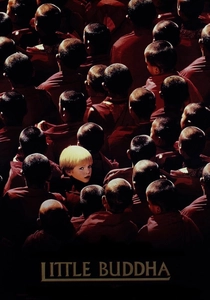
Little Buddha (1993)
Description: Directed by Bernardo Bertolucci, this film follows the story of a Seattle boy who might be the reincarnation of a Buddhist lama. It's an enchanting blend of Western and Eastern cultures, exploring themes of reincarnation and spiritual awakening.
Fact: The film was shot in Bhutan, Nepal, and Seattle, showcasing stunning landscapes that enhance the spiritual narrative.
 Watch Now
Watch Now
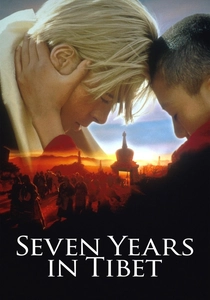
Seven Years in Tibet (1997)
Description: Based on the true story of Heinrich Harrer, this film depicts his journey into Tibet and his friendship with the young Dalai Lama, offering insights into Tibetan Buddhism and culture.
Fact: Brad Pitt, who plays Harrer, learned to speak Tibetan for the role, adding authenticity to his performance.
 Watch Now
Watch Now
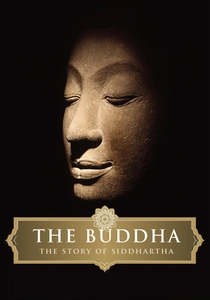
The Buddha (2010)
Description: This documentary by David Grubin provides an in-depth look at the life of Buddha, his teachings, and the spread of Buddhism, making it an educational and enlightening watch.
Fact: Narrated by Richard Gere, a known Buddhist practitioner, the film includes interviews with scholars and monks.
 Watch Now
Watch Now
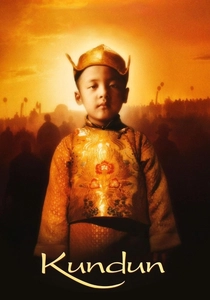
Kundun (1997)
Description: This Martin Scorsese-directed film chronicles the life of the 14th Dalai Lama, from his childhood to his exile from Tibet. It's a poignant portrayal of Buddhist philosophy and the political turmoil surrounding it.
Fact: The film was banned in China due to its portrayal of the Chinese government. The Dalai Lama himself gave his blessing for the film.
 30 Days Free
30 Days Free

Samsara (2001)
Description: A visually stunning film that explores the cycle of life, death, and rebirth through the journey of a Buddhist monk. It's a meditative piece that delves deep into the concept of samsara.
Fact: The film was shot in 10 countries, capturing the essence of Buddhist practices from various cultures.
 30 Days Free
30 Days Free
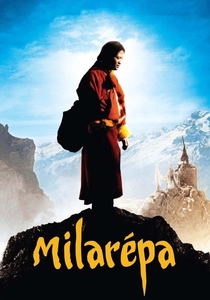
Milarepa (2006)
Description: This two-part epic tells the life story of Milarepa, one of Tibet's greatest yogis, focusing on his journey from vengeance to enlightenment, showcasing the transformative power of Buddhist teachings.
Fact: The film was shot in the Himalayas, offering breathtaking visuals that complement the spiritual narrative.
 30 Days Free
30 Days Free
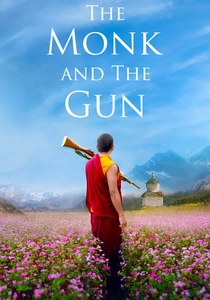
The Monk and the Gun (2023)
Description: Set in Bhutan, this film humorously explores the introduction of democracy and the clash between traditional Buddhist values and modern influences through the story of a monk and an American seeking a gun.
Fact: The film was Bhutan's submission for the Best International Feature Film at the Oscars, highlighting its cultural significance.
 30 Days Free
30 Days Free

The Cup (1999)
Description: This heartwarming Bhutanese film tells the story of young monks obsessed with watching the World Cup, blending Buddhist monastic life with the universal passion for football.
Fact: The film was directed by Khyentse Norbu, a Buddhist lama, making it an authentic portrayal of monastic life.
 30 Days Free
30 Days Free

Spring, Summer, Fall, Winter... and Spring (2003)
Description: This South Korean film uses the changing seasons to reflect the life stages of a Buddhist monk, offering a poetic exploration of human existence and spiritual growth.
Fact: The film was shot in a remote temple, with the director Kim Ki-duk living there for months to capture the essence of monastic life.
 30 Days Free
30 Days Free

The Silent Holy Stones (2005)
Description: Set in a Tibetan village, this film follows a young monk torn between his monastic duties and his fascination with modern pop culture, reflecting the clash between tradition and modernity.
Fact: The film was shot in a real Tibetan village, providing an authentic backdrop to the story.
 30 Days Free
30 Days Free

